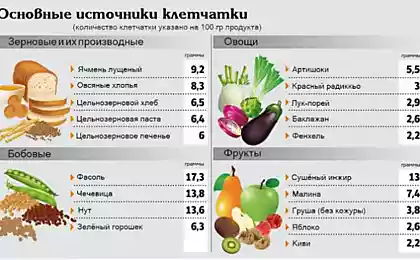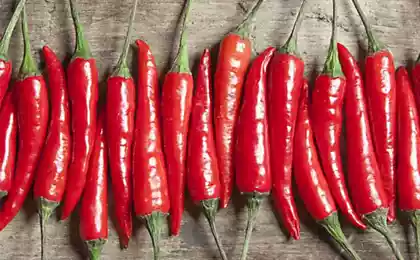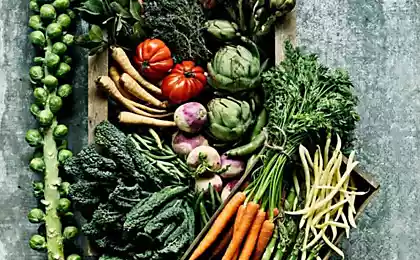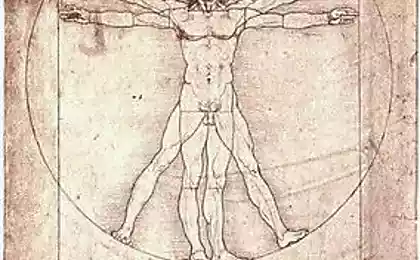427
Dangerous food in our diet
The increase in the concentration of carbon dioxide in the atmosphere leads to a decrease of wheat quality. Will we soon say goodbye with delicious scones?
American scientists have shown that increasing the concentration of carbon dioxide in the atmosphere leads to a decrease in protein content in wheat. This is due to the fact that CO2 reduces the ability of plants to absorb enough nitrogen from the soil.
Processing of nitrogen plays a key role in the growth and productivity of plants.
Nitrates (salts of nitric acid containing the monovalent anion NO3−) is one of the most important construction materials for the synthesis of proteins not only in plants, but we have with you. In humans of excess nitrates from food are converted into nitrites, which can cause severe poisoning and lead to the development of chronic diseases, including cancer.

The so-called hard wheat different from soft high gluten content. Under this name combined a number of the storage proteins. The quantity and quality of gluten depends not only on varieties but also on the conditions in which are grown wheat, and the subsequent post-harvest processing. The presence of gluten determines the bread-making quality of grain. In accordance with GOST 9353-90 grain of the highest class must contain 36%, 1st — 32% 2nd — 28% 3rd — 23% 4th — 18% of gluten. In dry, hot climates, its content increases significantly. It would seem, from global warming to the quality of wheat should only increase. However, there is a significant "but."
Nowadays the climate is changing under human influence.
One of the main characters of this process is carbon dioxide.
Professor Arnold J. Bloom and his colleagues from the University of California evaluated the protein content in widespread around the world soft wheat Triticum aestivum, which had been grown in 1996 and 1997 at different CO2 levels in the air (on a prototype plots sprayed carbon dioxide).
It turned out that the higher the level of carbon dioxide, the lower the protein content and nitrogen in the grain. All this time, samples of wheat were kept in the laboratory in anticipation of when the disposal of the scientists have methods and devices by which you can make the necessary tests and tests. "These field studies are consistent with previous studies performed in the laboratory, which showed that there are several physiological mechanisms responsible for the inhibition of carbon dioxide assimilation of nitrate", – commented on the results published recently in the journal "Nature climate change", Professor bloom.
The protein content of Triticum aestivum in normal is 10.9%. The bread was of good quality, it is recommended to use the flour, the protein content of which not less than 11%. Therefore, in the food industry is widespread enrichment of flour products from durum wheat. The lower the protein level in flour, the more you need to add.

You can go the other way and increase the dose of nitrogenous fertilizers to wheat still get the necessary amount of nitrogen. But increasing the level of nitrates in plant products may be detrimental to the health of humans and animals. To reduce the level of nitrous fertilizers and other chemicals, without which today crops can't survive, can be achieved by the use of transgenic technology. But not yet subsided disputes about the safety of GMOs to human health, although no well-executed studies that talked about the fact that transgenes are dangerous, is still there.
In field experiments, dealing only with the content of carbon dioxide in the air, scientists have been able to reduce the protein content in wheat by 8%. "If carbon dioxide emissions in the coming decades will be to grow, the amount of protein that can be internalized from wheat, rice, barley will decrease by 3%", — such a disappointing forecast makes Professor bloom. This will inevitably lead to a drop in the quality of a huge number of all kinds of food.

Source: nkj.ru
























